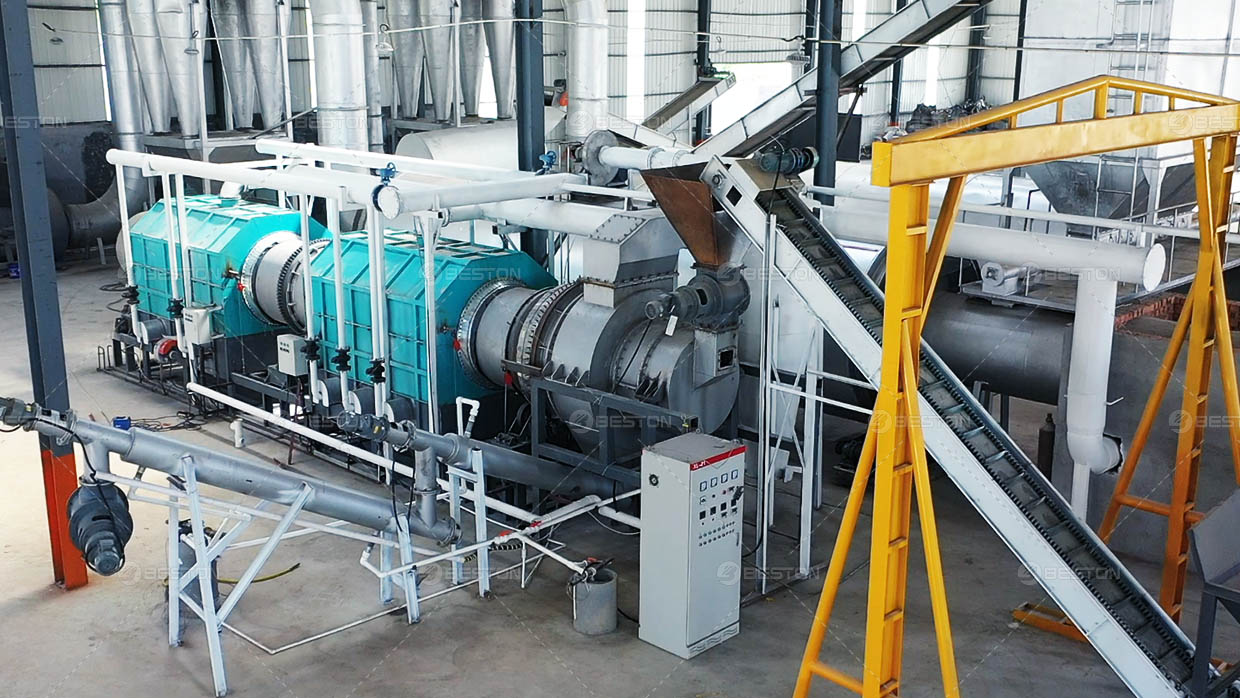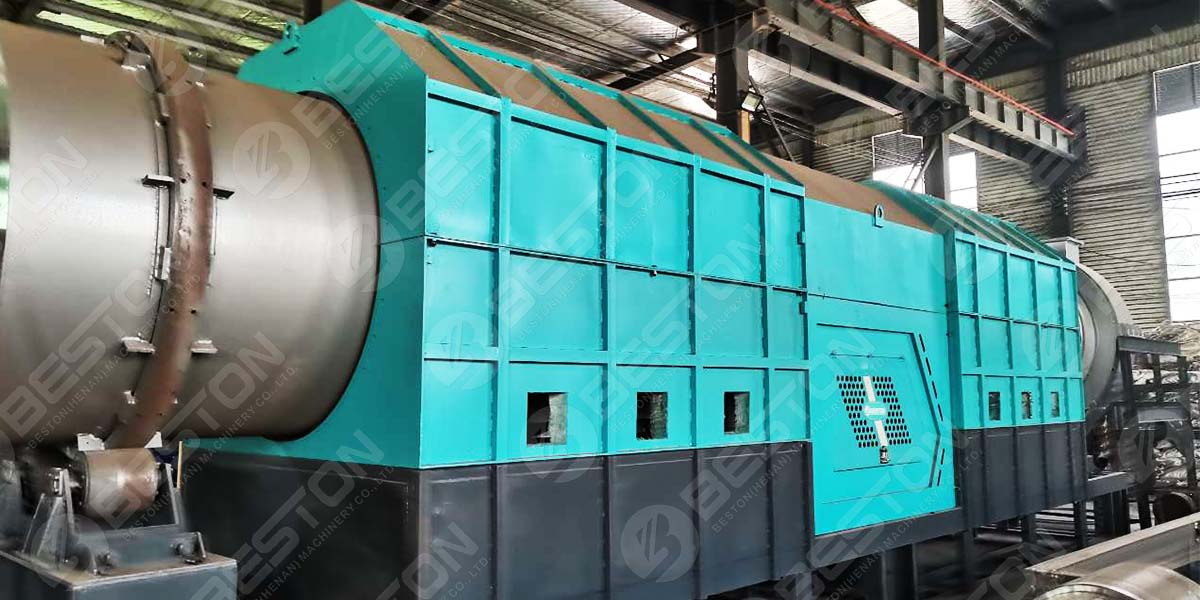Coconut shell charcoal production has become an important process in sustainable waste management, leveraging the agricultural by-products of coconuts to create a valuable, renewable fuel source. With rising demand for high-quality charcoal in sectors ranging from domestic heating to industrial use, optimizing the efficiency of coconut shell charcoal production is essential. A coconut charcoal making machine offers significant opportunities for achieving this efficiency, combining advanced design with automation capabilities. Improving this production process involves not only refining operational methods but also ensuring consistency and quality throughout each phase of production.

1. Selection of Raw Material Quality
The efficiency of any coconut charcoal making machine largely depends on the quality of raw materials. Using clean, dry, and well-preserved coconut shells contributes to a uniform carbonization process, which directly impacts charcoal quality. Moisture content should ideally be below 15% to prevent energy loss during drying. Excess moisture can lead to incomplete carbonization, producing a lower-grade charcoal. Screening and sorting coconut shells before processing also help to eliminate contaminants that could reduce the machine’s efficiency or compromise the final product.
2. Pre-treatment and Size Reduction
Pre-treatment of coconut shells before feeding them into the charcoal making machine can significantly enhance production efficiency. Properly sized and ground shells ensure a more uniform carbonization, allowing the heat to penetrate evenly. Size reduction involves crushing the shells into small particles, which accelerates the carbonization process by reducing the time required for each batch. This step is particularly useful for machines equipped with continuous feeding systems, as it allows for a steady, consistent flow of raw material into the machine.
In addition, pre-treatment techniques like drying further optimize efficiency by minimizing the energy used for moisture removal during carbonization. The less energy the machine spends on drying, the more it can focus on carbonization, leading to higher yields and faster production cycles.
3. Optimize Carbonization Temperature and Duration
The carbonization stage is the heart of coconut shell charcoal production, and controlling the temperature and duration is crucial for achieving optimal results. In a coconut charcoal maker machine, a controlled high-temperature environment allows for thorough carbonization. Typically, temperatures between 400°C and 600°C are ideal for coconut shell carbonization. Lower temperatures may lead to incomplete carbonization, while higher temperatures can cause the coconut shells to overburn, reducing the quality and yield of the charcoal.
The duration of the carbonization process should also be carefully managed. Monitoring the time allows operators to adjust temperature fluctuations effectively. Some advanced machines come equipped with automated temperature controls, which stabilize the temperature throughout the process, minimizing human error and enhancing the overall efficiency.
4. Use of Energy Recovery Systems
Modern coconut charcoal making machines often incorporate energy recovery systems that harness the heat and gas by-products generated during carbonization. These systems capture heat, which can then be reused in drying and pre-heating stages, reducing overall energy consumption. In addition, the gas produced during carbonization, often rich in combustible compounds, can be redirected back into the furnace to maintain the carbonization temperature, significantly lowering fuel costs.
Energy recovery systems not only contribute to operational efficiency but also minimize the environmental footprint of the production process, making it more sustainable and cost-effective.
5. Automated Control Systems
Automation is one of the most effective ways to improve production efficiency in coconut shell charcoal manufacturing. Coconut carbonizer machine equipped with programmable logic controllers (PLC) or automated control systems can regulate critical parameters such as temperature, feeding rate, and carbonization duration. This automation reduces manual oversight, minimizes human error, and optimizes machine operation.
With real-time monitoring capabilities, automated systems allow operators to adjust settings as needed, ensuring a smooth and uninterrupted process. Such automation can significantly reduce the downtime associated with manual interventions, further increasing production efficiency.
6. Efficient Cooling and Discharge Processes
The cooling and discharge processes are essential to producing high-quality charcoal with minimal energy expenditure. Efficient cooling systems ensure that the coconut shell charcoal reaches an optimal temperature before discharge, preserving its structure and preventing excess breakage. By implementing air-cooled or water-cooled discharge systems, the machine can operate continuously without overheating.
A smooth discharge process also minimizes the need for manual handling, which could otherwise disrupt production flow. Some machines are equipped with automated discharge systems that allow for the seamless removal of charcoal, maintaining continuous operation and enhancing overall productivity.

7. Routine Maintenance and Optimization
Regular maintenance of a coconut charcoal making machine is fundamental to sustaining long-term efficiency. Routine inspections, part replacements, and periodic calibrations prevent potential breakdowns and ensure the machine operates at optimal capacity. Operators should also consider machine upgrades to keep up with technological advancements, such as the addition of improved control systems or energy recovery components. For precise control equipment, please contact Beston Group.
Monitoring production metrics, such as yield ratios and energy consumption, provides valuable insights into the machine’s performance over time. These metrics allow operators to identify areas for improvement and make adjustments that enhance production efficiency.
Conclusion
Improving coconut shell charcoal production efficiency requires a multi-faceted approach that addresses each stage of the production process. From pre-treatment of raw materials and precise carbonization to advanced energy recovery and automation, each factor plays a vital role in enhancing productivity and quality. Investing in a modern coconut charcoal making machine with automation and energy-efficient features can provide substantial long-term benefits, making the process faster, more economical, and environmentally responsible.